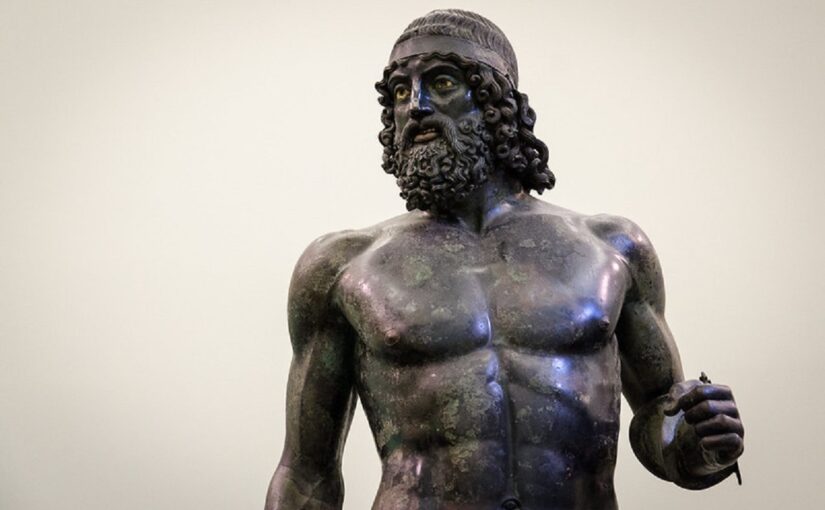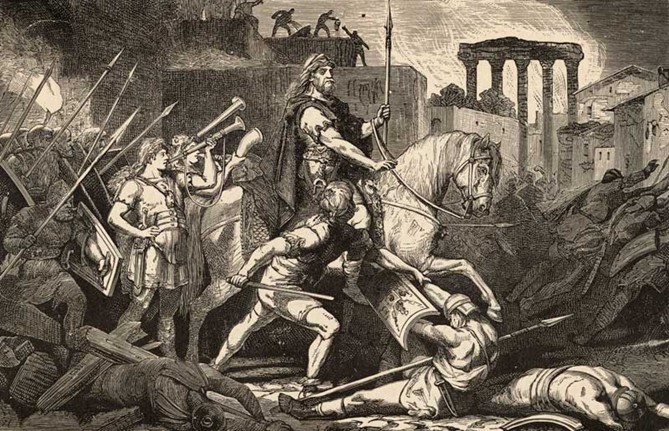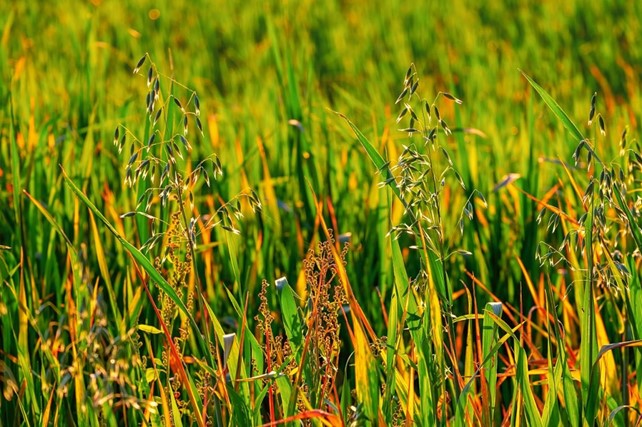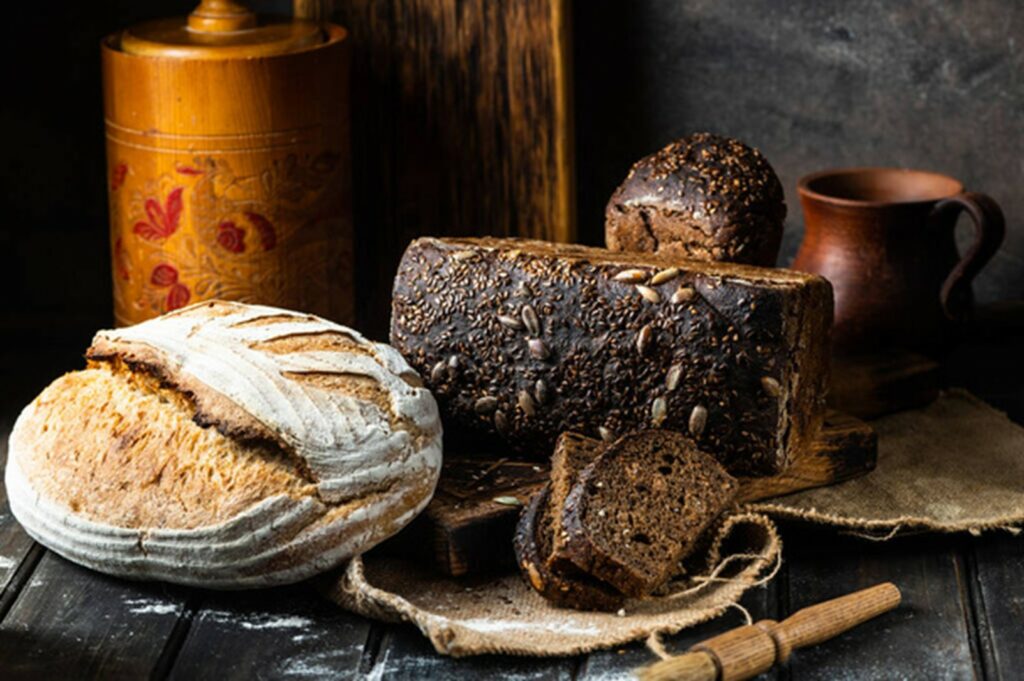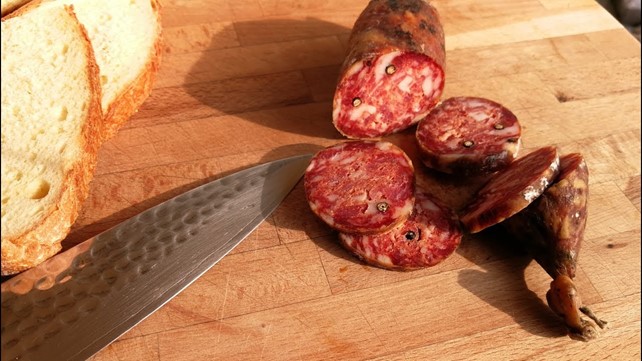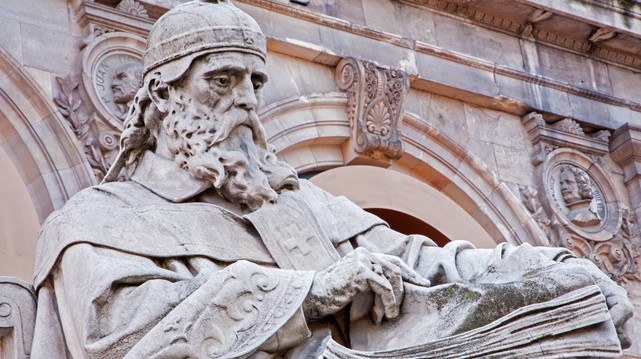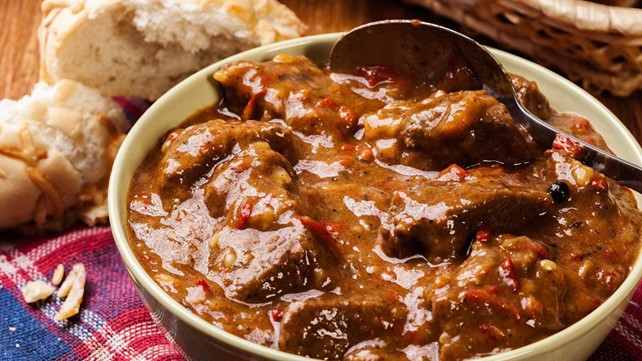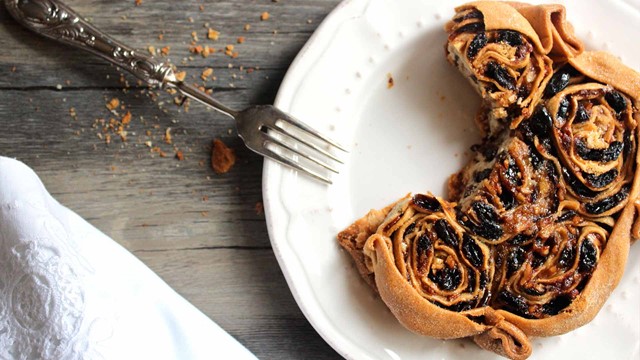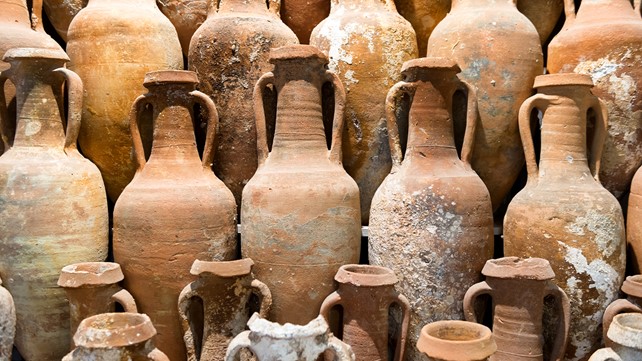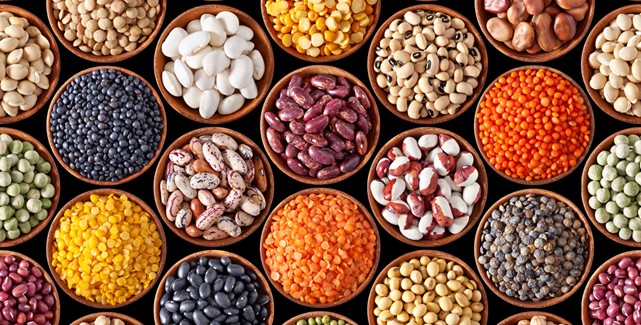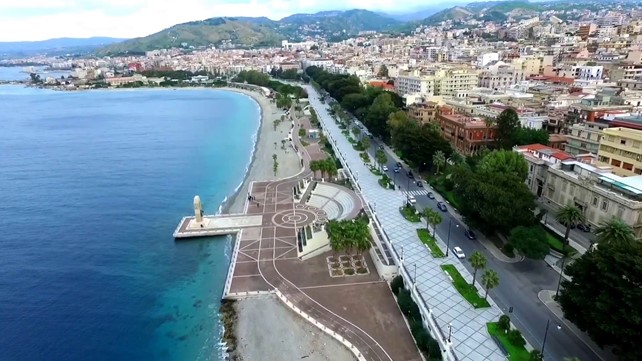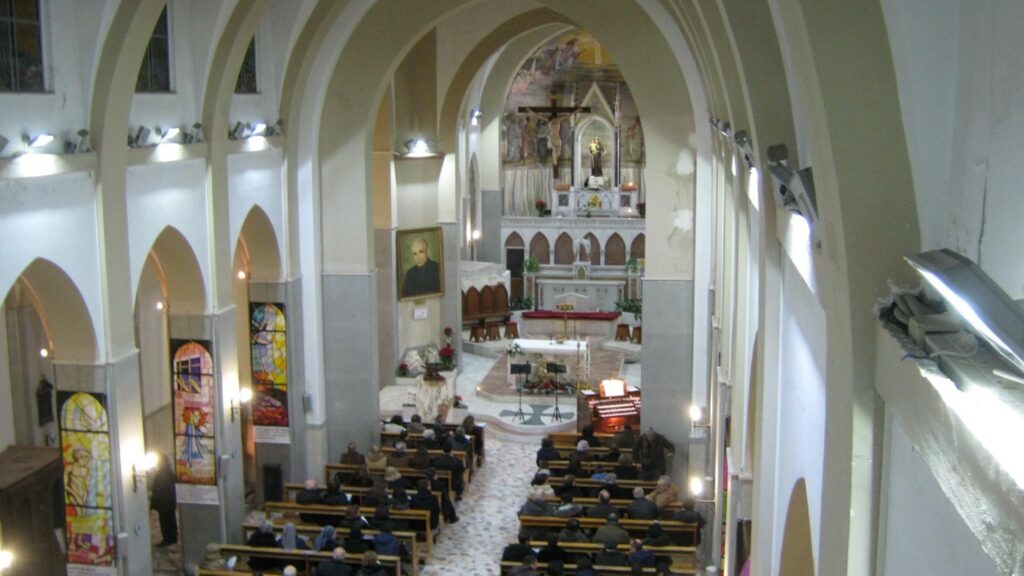29.6.2023
Riace is certainly a fascinating village, as it bears all the legacy of the complex mix of languages and peoples that gave life to Calabria and Mediterranean Europe. According to some theories, in fact, the toponym could derive from Middle Eastern languages, brought to the extreme Italian peninsula during the third millennium before Christ. Like Reggio and Roghudi, Riace would have its root in the Amharic ruha (breath, wind) followed by a suffix indicative of locality ( -ake , -adi ). Riace could be read as “Ruha-ake“, the place of the wind. Strabo (Geography VI, 7) explained the denomination of nearby localities (the promontory Zefirio, Capo Spartivento, and the ancient attribute of Locri, Epizefiria) with the frequent westerly wind (zephyr) which characterizes these localities, very relevant for a people of sailors.
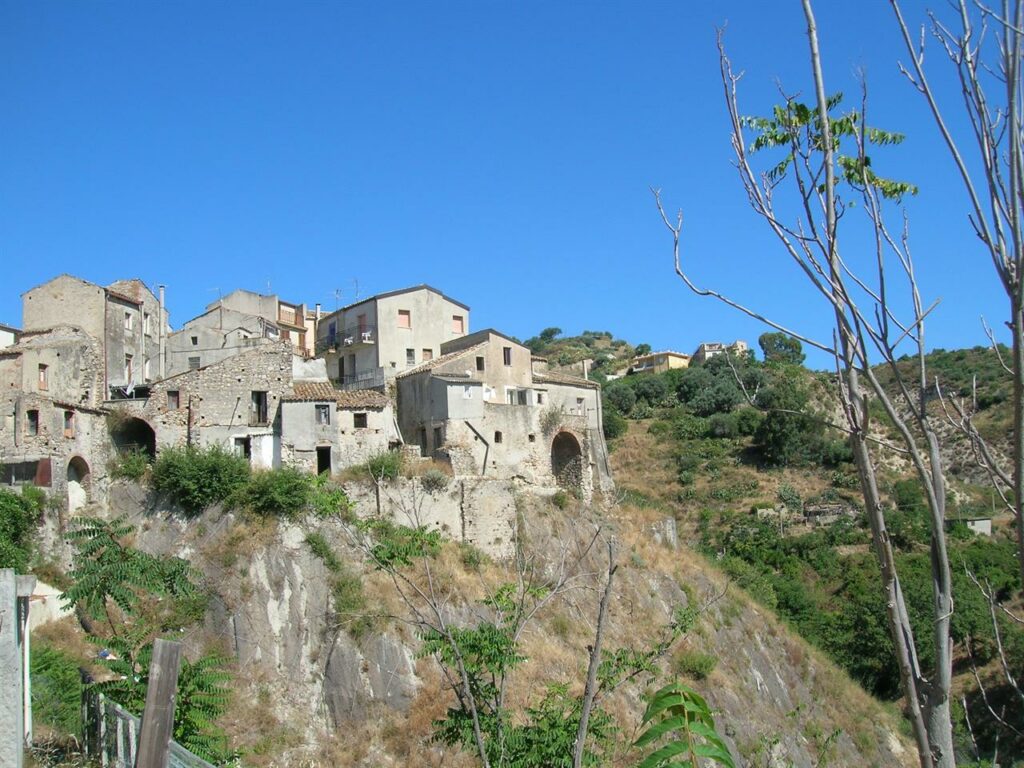
RIACE TODAY: TRADITION AND HOSPITALITY
Riacese culture is closely linked to the Greek and Aegean basin, both because it was founded by Greek colonists and because it was for a long time linked to the inheritance of the Basilian monks. Today, the feast of the Greek Orthodox saints, the two doctors Cosma and Damiano, celebrated on 25, 26 and 27 September, bears witness to this. Devotees who come from neighboring countries (and beyond) have the custom of reaching the sanctuary on foot, as a sign of their fidelity, and they thank the saints each time with gifts, songs and dances. The arm of San Cosma is also celebrated on the second Sunday of May.
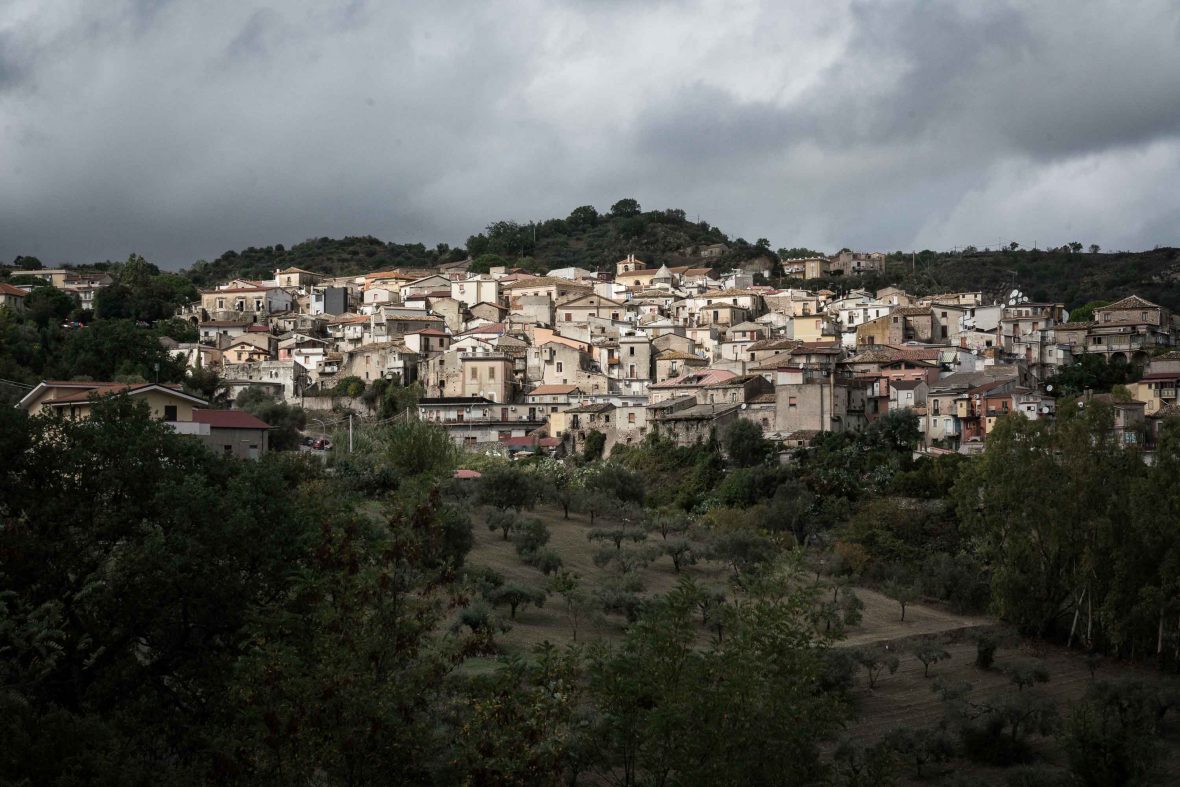
Riace is also a completely modern symbol of endless migrations, which in our times see the peoples of the entire Mediterranean basin fleeing poverty, wars, terrorism and barbarism to crowd into very risky journeys towards the Calabrian coasts. Precisely for this reason, from 2004 to 2018 the Calabrian town also gained international fame thanks to its reception program for refugees and migrants, promoted in particular by Domenico Lucano, an activist elected mayor of Riace three times.
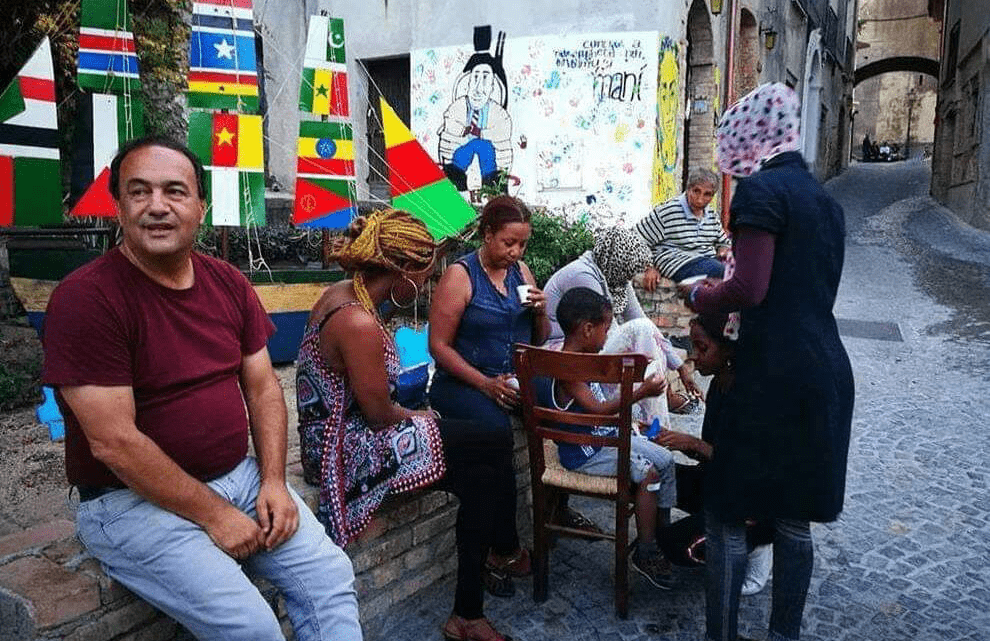
The reception system in force in the municipality during these fifteen years, journalistically defined as the Riace model, was divided into various actions, before being the object of criticism, controversy and finally, unfortunately, legal disputes: 1) obtaining regional funds or mortgages aimed at restructuring abandoned houses, 2) offering hospitality to migrants and asylum seekers and 3) employing them in artisan workshops of weaving, glass processing and jam.
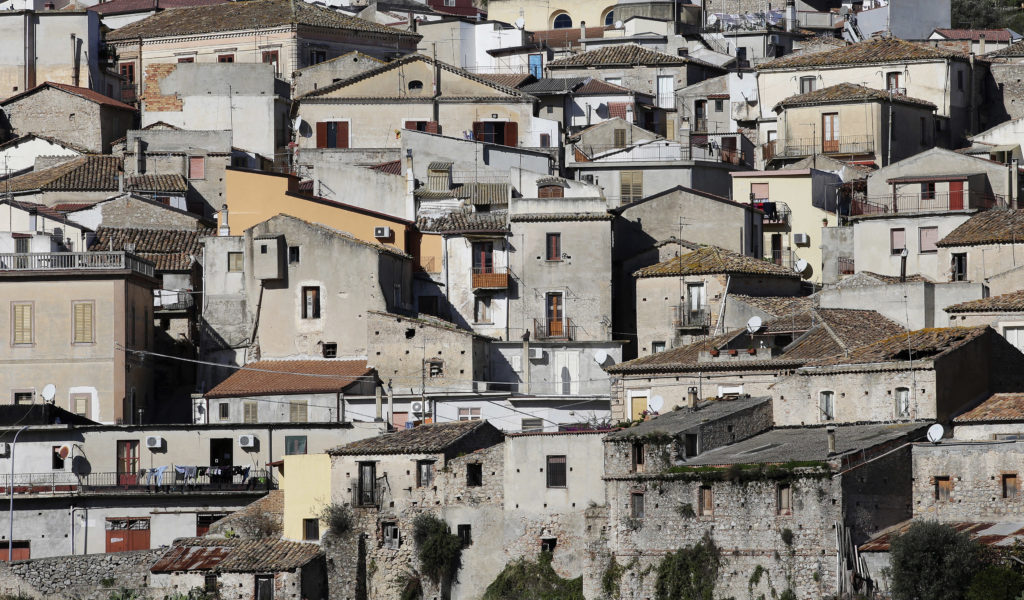
Also noteworthy is the creation of the “Riace euro”, a local currency in denominations of 1, 2, 10, 20, 50 and 100 euros which can also be used by tourists.
In 2017 there were 550 migrants hosted in Riace, but it has been estimated that at least 6,000 passed through the town.
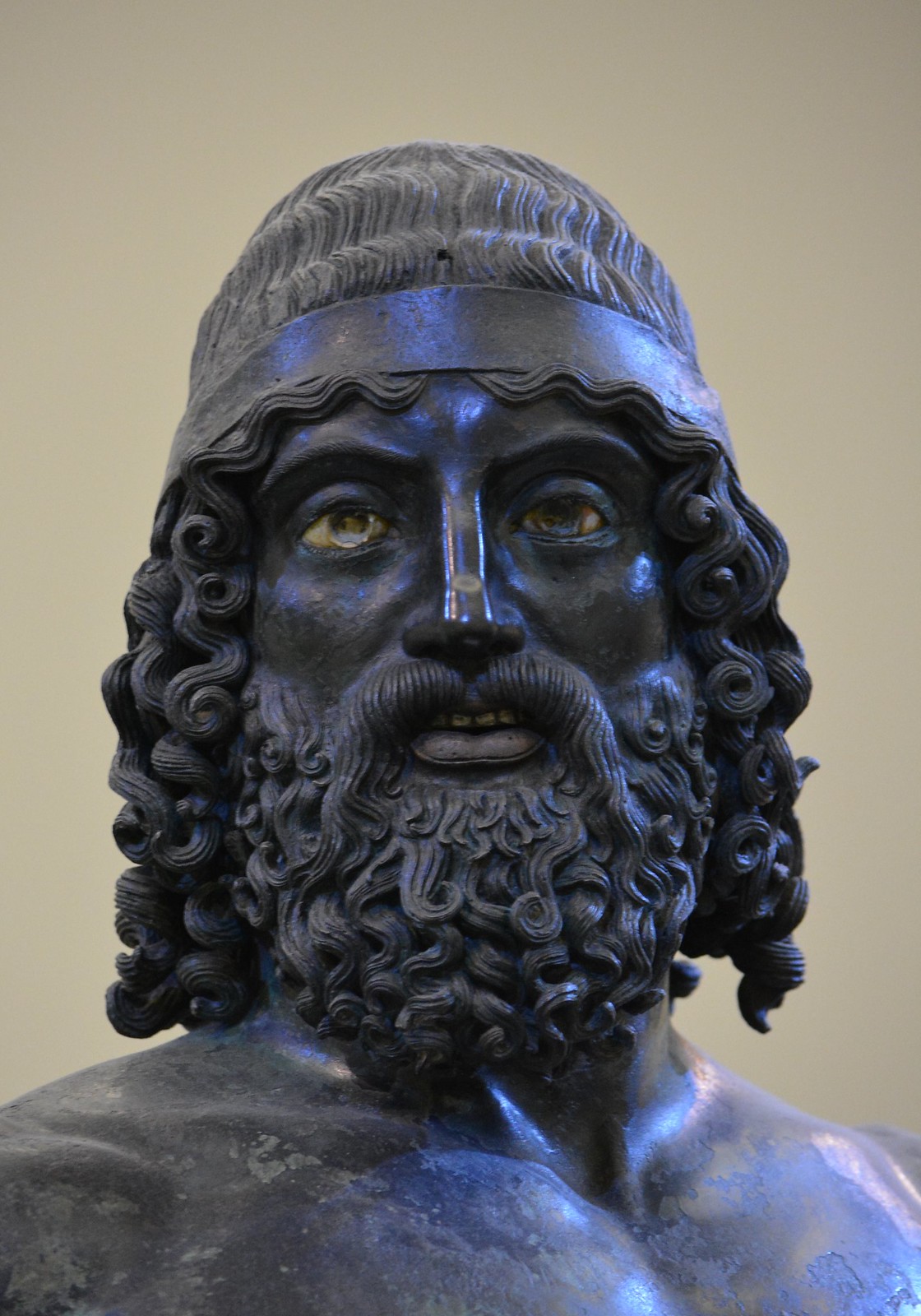
RIACE AS SYNONYMOUS WITH MEDITERRANEAN ARCHEOLOGY
However, Riace is universally known for the discovery in the marine waters in front of two bronze masterpieces of ancient Greek art: the two sculptures of the so-called Riace Bronzes.
The definitive interpretation of the role of the Riace Bronzes in Greek art is a mystery that still endures, but since 1972, the year of the discovery, to date the two bronze statues have written a chapter of world art.
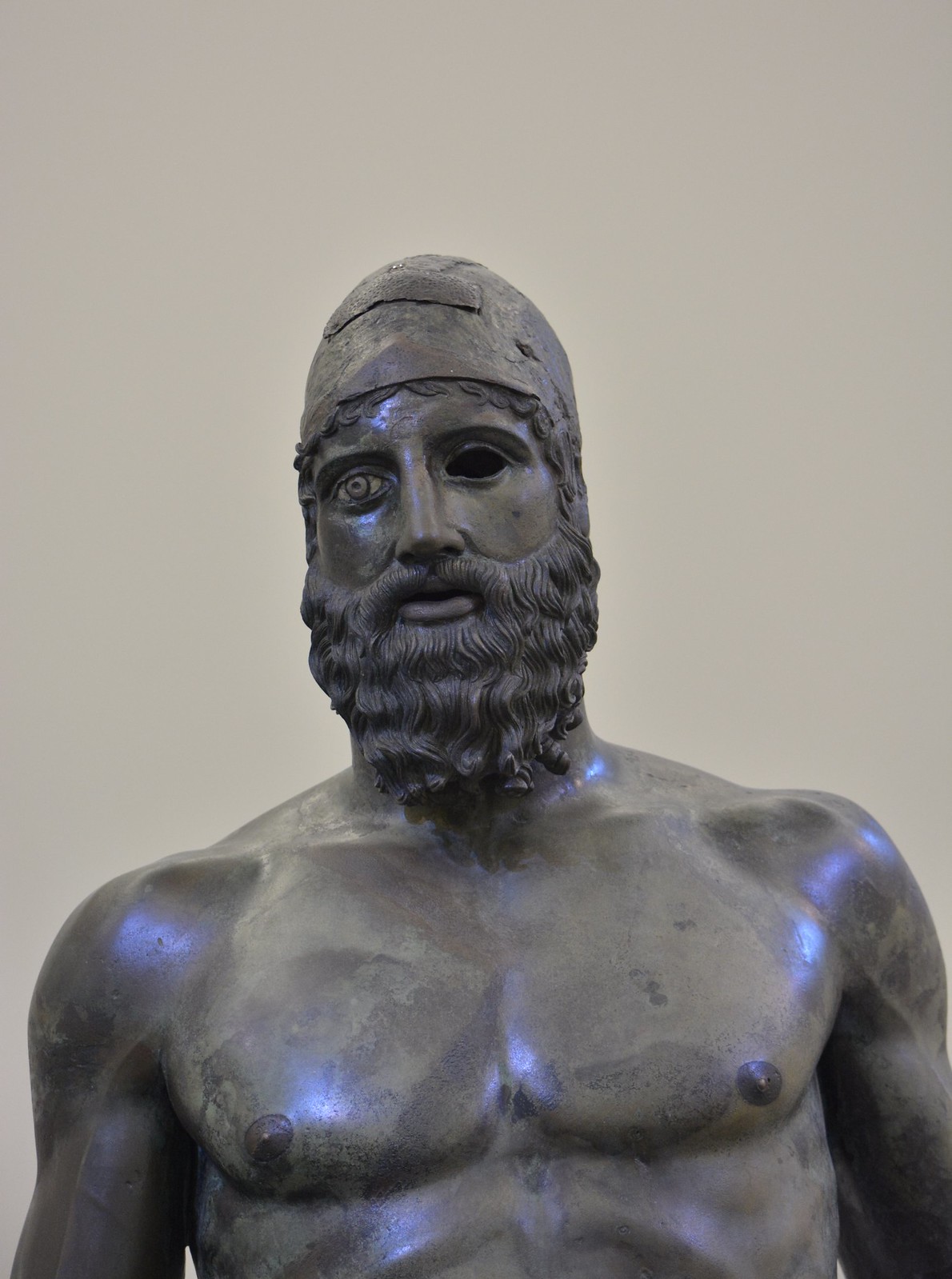
The two bronze statues were found in Porto Forticchio di Riace Marina in Calabria. The recovery of the two statues did not influence the importance of the historical find, and was in fact carried out with inappropriate means. And yet, despite all the limitations of the initial recovery, the Riace bronzes constitute the most important archaeological find of the twentieth century.
The first statue, called statue A, is a 1.98-meter-high sculpture representing a strong young man in a stable position.
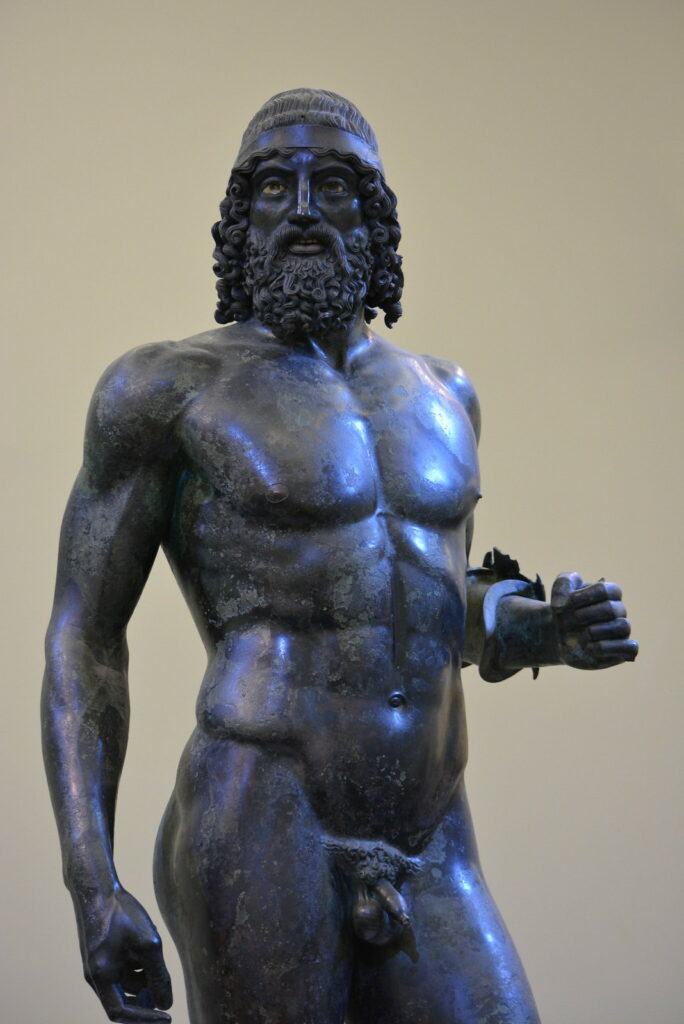
The statue has a natural, non-rigid pose; the head is slightly bent to the right side. The entire muscular system is toned and taut, represented in the moment of contraction. The head and the face were made with many details. Statue B, on the other hand, is 1 cm lower than the first. The structure and position of the body follow in all respects that of statue A. But the head has some differences: the skull cap is smooth, not modeled, and the mouth is closed (the teeth cannot be seen).
The Riace bronzes are the representation of two hoplites, two heavy infantry warriors of ancient Greece.
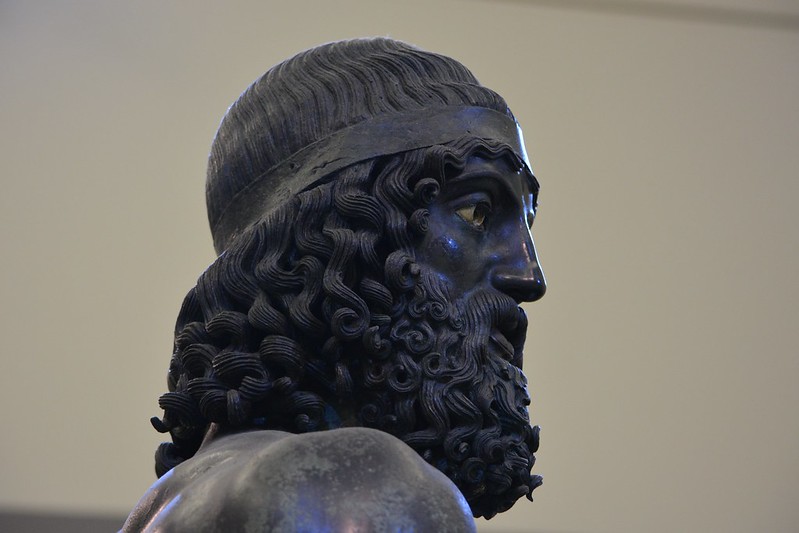
However, they are not just any soldier, because the representation of nudity in ancient Greece has always been reserved for divinities, which is why it is possible that they are two heroes. Both statues were made with the bronze sculpting technique, one of the most complex. Bronze offers the artist the possibility of modeling, thus creating ever more subtle details.
All scholars agree in placing the Riace bronzes in the late style, i.e., the phase of Greek sculpture that can be placed in the period from 400 to 450 BC, which presented a more mature anatomical knowledge compared to the archaic style.
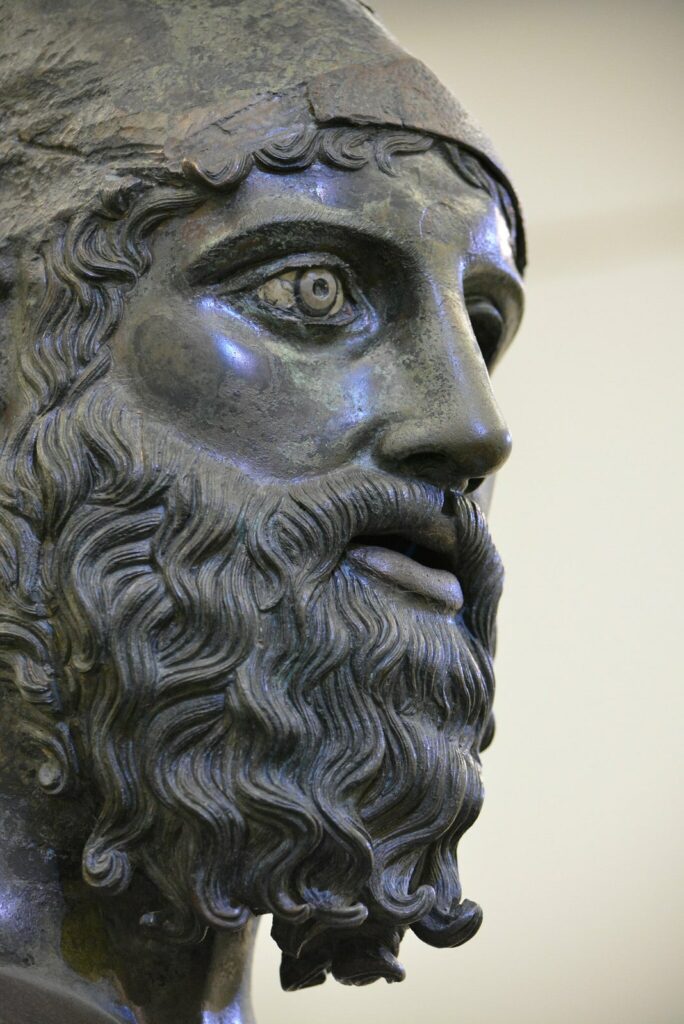
Today there is also agreement that the two bronzes were produced by two different workshops, a belief reinforced by the difference in the type of copper used in the details. As far as the authors are concerned, it is not yet known who actually created the Riace bronzes, but there are various hypotheses: one of these is that they were created by Pythagoras of Reggio, an important bronzesmith active in those years. There are also doubts that they were made by the same author and, to date, it is not possible to have certain names about him.
THE ORIGIN OF THE RIACE BRONZES
Nothing is known about why they were in that precise archaeological site, nor about the journey they took to get there. Initially, in fact, it was thought that the two Riace bronzes were part of the same monument, even if it is difficult to establish exactly where they were. One of the most discussed hypotheses is that it was a monument dedicated to the enterprise of the Seven against Thebes, which was located in the Agora of Argos, and of which the remains have actually been identified.
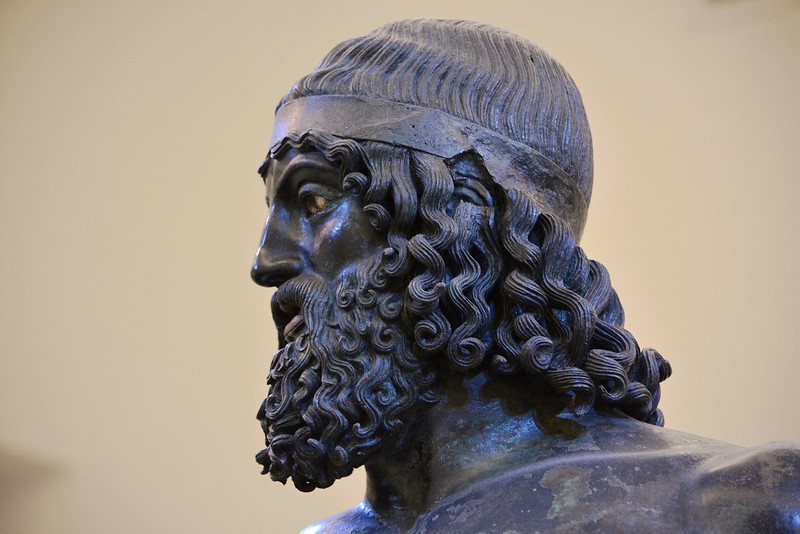
Although the research has been important, there are still too many open questions to provide a univocal and exhaustive reading of the Riace bronzes. One of the most urgent questions seems to be the actual number of existing bronzes, which is supported by some hypotheses. The other question concerns the journey of the bronzes, so we don’t know if they were transported as war booty or were destined for a collectors’ market, therefore for commercial reasons.

